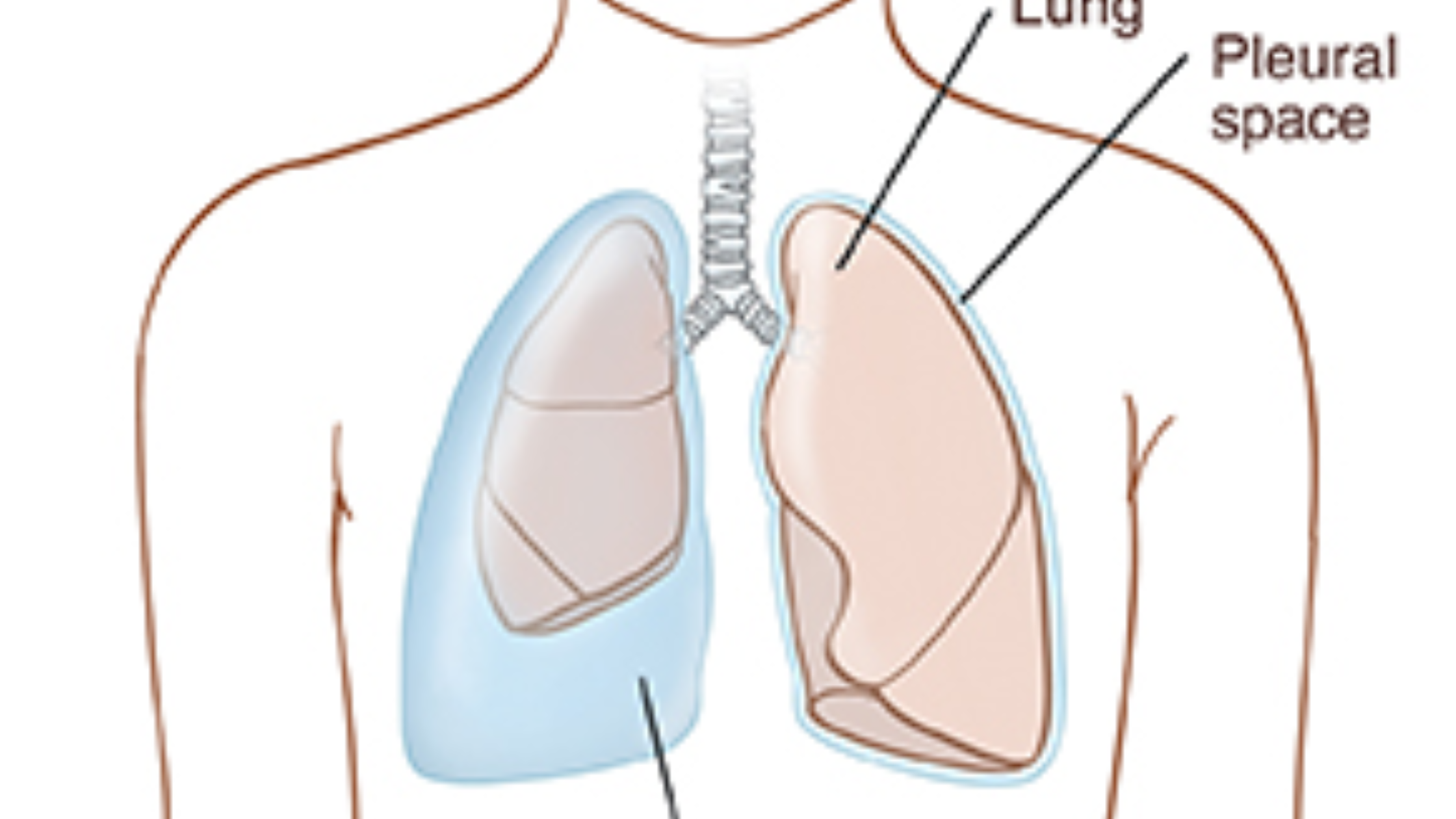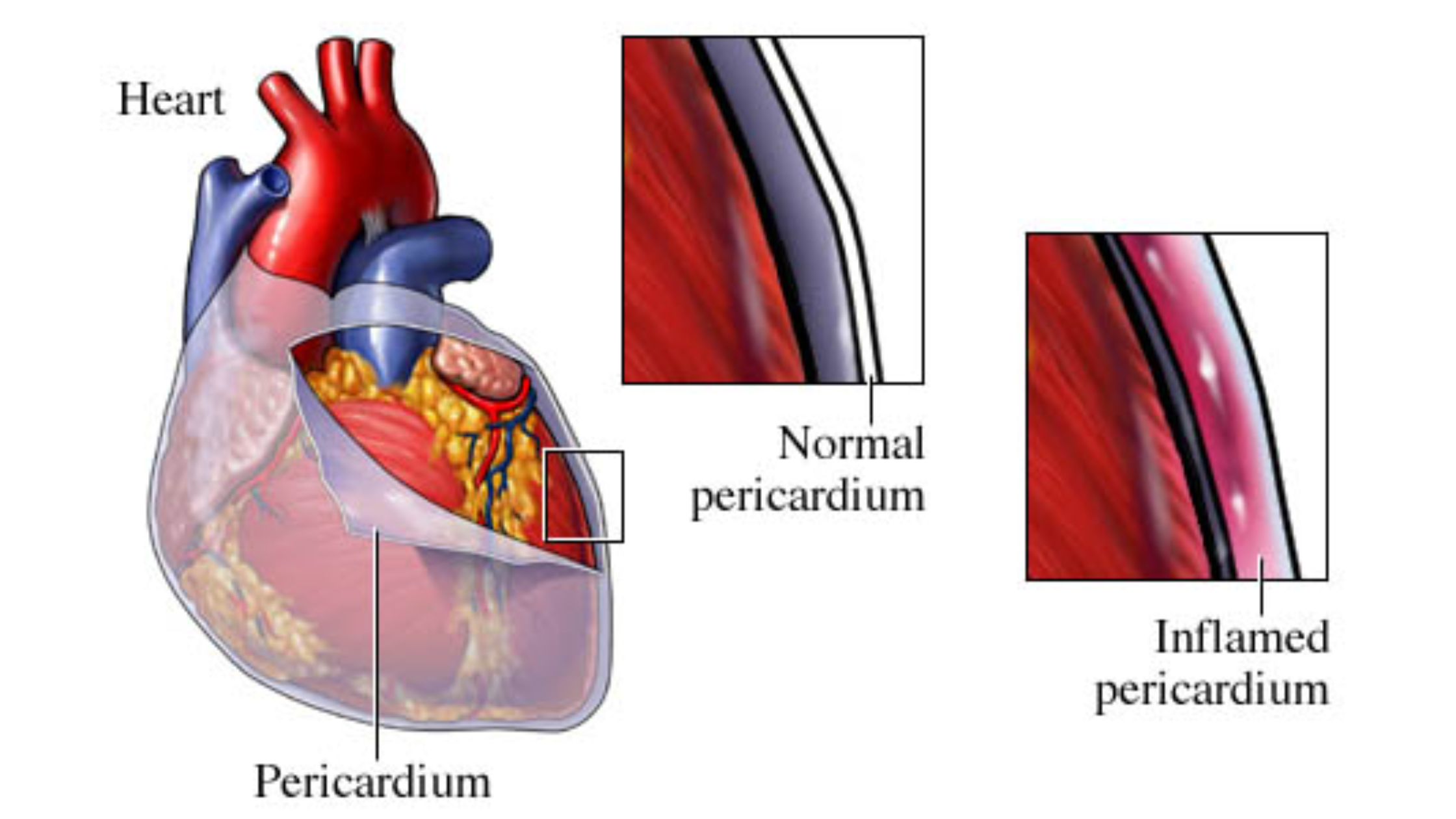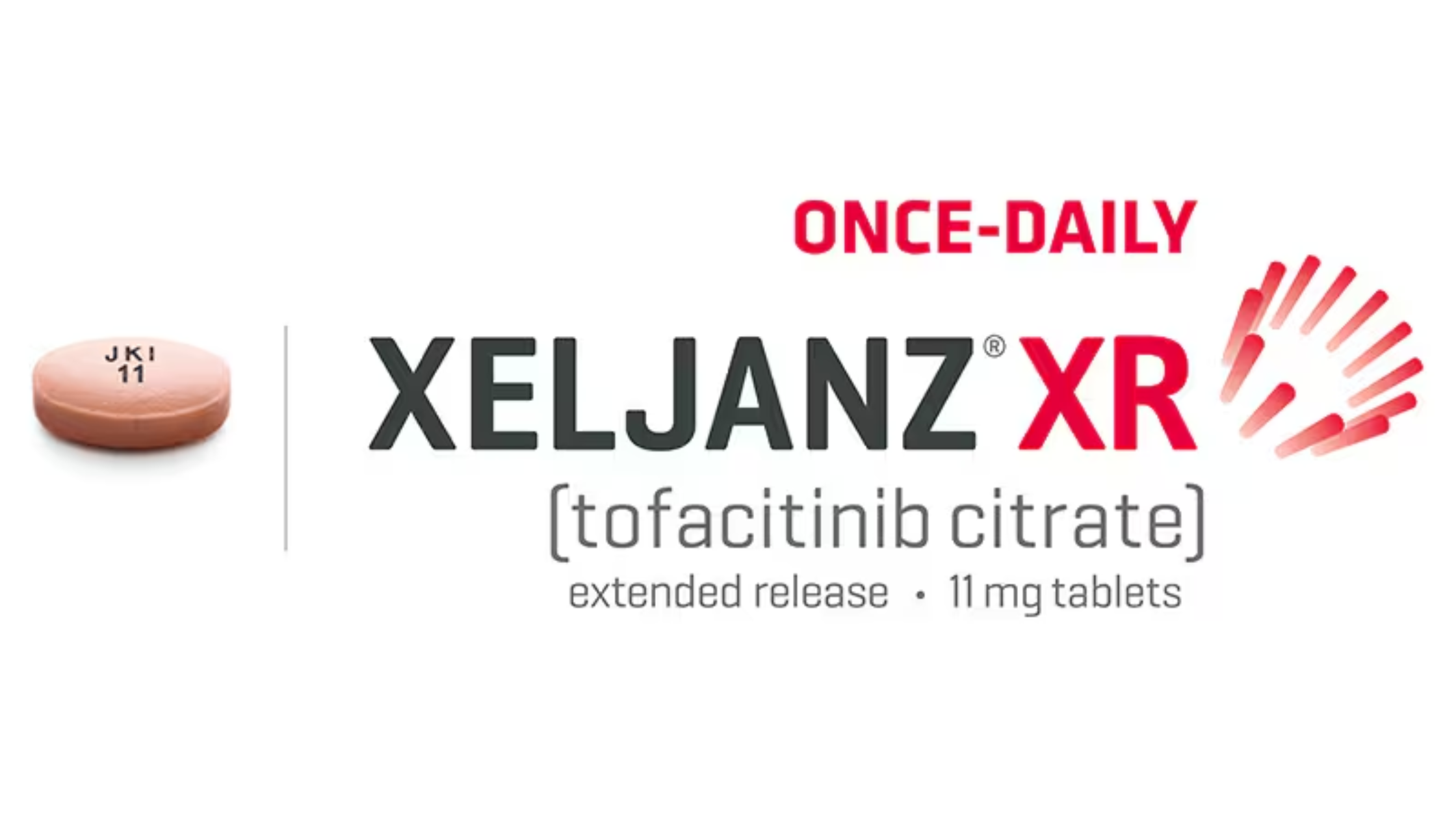Last updated on July 15th, 2025 at 09:15 am
What are the causes of right-sided pleural effusion? Pleural effusion, a condition characterized by excess fluid accumulation in the pleural space, can be particularly concerning when it affects the right side of the chest. Understanding the causes and remedies for right-sided pleural effusion is crucial for effective management and relief. In this extensive guide, we’ll explore the various factors contributing to right-sided pleural effusion, discuss effective remedies, and offer valuable insights into managing the condition.
What is Right-Sided Pleural Effusion?
Before diving into the causes and remedies, it’s essential to understand what pleural effusion is and why it occurs. The pleurae are two thin layers of tissue that line the lungs and the chest cavity. Between these layers is a small amount of fluid that helps lubricate the lungs during breathing. When an imbalance occurs, leading to excess fluid buildup, pleural effusion can result.
Right-sided pleural effusion specifically refers to fluid accumulation in the right pleural space. This condition can cause discomfort and breathing difficulties and may indicate an underlying health issue.
Causes of Right-Sided Pleural Effusion
Identifying the underlying right-sided pleural effusion causes is crucial for determining the appropriate treatment. Here are some common causes:
1. Heart Failure
One of the most prevalent causes of right-sided pleural effusion is heart failure. When the heart’s right side is unable to pump blood efficiently, fluid can accumulate in the lungs and pleural space. This condition is often associated with symptoms such as shortness of breath, swelling in the legs, and fatigue.
2. Liver Disease
Liver conditions, including cirrhosis and hepatitis, can lead to pleural effusion. Liver disease impairs the liver’s ability to produce proteins essential for maintaining fluid balance, causing fluid to leak into the pleural space. Symptoms may include jaundice, abdominal swelling, and nausea.
3. Kidney Problems
Kidney disorders, such as nephrotic syndrome or kidney failure, can result in fluid retention and pleural effusion. When the kidneys are not functioning properly, excess fluid accumulates in the body, including the pleural space. Symptoms might include swelling in the extremities and changes in urine output.
4. Lung Infections
Infections affecting the lungs, such as pneumonia or tuberculosis, can cause inflammation and fluid buildup in the pleural space. These infections may lead to pleural effusion as the body responds to the infection. Symptoms can include cough, fever, and chest pain.
5. Cancer
Certain types of cancer, especially lung cancer, can lead to pleural effusion. Tumors can obstruct lymphatic drainage or invade the pleural space, causing fluid accumulation. Symptoms of cancer-related pleural effusion may include persistent cough, weight loss, and unexplained pain.
6. Trauma
Injuries or trauma to the chest, such as rib fractures or blunt force trauma, can cause pleural effusion. The trauma can lead to bleeding or fluid accumulation in the pleural space, resulting in discomfort and breathing difficulties.
7. Autoimmune Diseases
Autoimmune conditions, such as lupus or rheumatoid arthritis, can cause inflammation in the pleural membranes and lead to pleural effusion. These conditions may present with joint pain, skin rashes, and fatigue.
Effective Remedies for Right-Sided Pleural Effusion
Once the underlying cause of right-sided pleural effusion is identified, the next step is to explore effective remedies and treatments. Here are some approaches to managing the condition:
1. Treating the Underlying Cause
The most effective remedy for right-sided pleural effusion is addressing the underlying cause. For instance, if heart failure is the cause, managing the heart condition through medications, lifestyle changes, and possibly surgery can help reduce fluid buildup. Similarly, treating liver or kidney disease with appropriate medications and interventions can alleviate pleural effusion.
2. Diuretics
Diuretics are medications that help remove excess fluid from the body by increasing urine production. They are often prescribed for conditions like heart failure or kidney problems. By reducing fluid accumulation, diuretics can help manage pleural effusion.
3. Thoracentesis
Thoracentesis is a medical procedure used to remove excess fluid from the pleural space using a needle. This procedure provides immediate relief from symptoms and can help diagnose the cause of pleural effusion. It is often used in cases where fluid buildup is significant or causing severe discomfort.
4. Pleurodesis
Pleurodesis is a procedure that involves creating an artificial adhesion between the pleural layers to prevent future fluid accumulation. This procedure is typically used for recurrent pleural effusion and can help manage the condition long-term.
5. Managing Infections
If an infection is the underlying cause of pleural effusion, treating the infection with antibiotics or antiviral medications is crucial. Addressing the infection can reduce inflammation and fluid buildup in the pleural space.
6. Lifestyle and Dietary Changes
For individuals with heart failure or liver disease, making lifestyle and dietary changes can significantly impact fluid management. Reducing sodium intake, maintaining a healthy weight, and following a prescribed exercise regimen can help manage fluid balance and reduce pleural effusion.
7. Pain Management
Managing pain associated with pleural effusion is essential for improving quality of life. Over-the-counter pain relievers or prescribed medications can help alleviate discomfort and improve breathing.
8. Oxygen Therapy
In cases where pleural effusion causes significant breathing difficulties, oxygen therapy may be recommended. Providing supplemental oxygen can help improve oxygen levels in the blood and alleviate respiratory distress.
9. Surgical Interventions
In some cases, surgical interventions may be necessary to address the underlying cause of pleural effusion. For example, surgery may be required to remove tumors or repair damaged organs contributing to fluid buildup.
Managing right-sided pleural effusion involves understanding its causes and exploring effective remedies. By addressing the underlying condition, utilizing medical treatments, and making lifestyle adjustments, individuals can find relief from the symptoms and improve their quality of life. If you suspect you have pleural effusion or experience persistent symptoms, consult a healthcare professional for a thorough evaluation and personalized treatment plan.
Remember, while there may not be a single “antidote” for pleural effusion, a combination of medical interventions and lifestyle changes can provide effective relief and management of the condition. Always seek professional medical advice to ensure the best outcomes for your health and well-being.
Discover the causes of left-sided pleural effusion.




